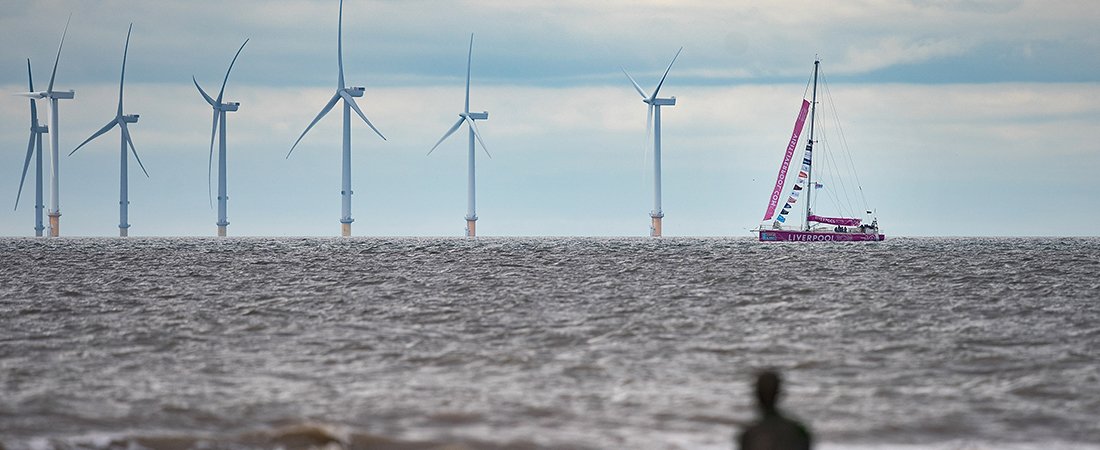Over the past decade, we have seen the Conservative Party shift its attention gradually towards embracing the green agenda. Beginning with the Cameron-era shift, sledging with huskies and protections for the world’s maritime spaces, it has been solidified by the commitment to net zero and accelerated by the pandemic.
The decision for the UK to be the first nation to commit to net zero is unquestionably the defining point of this journey, and the enshrining of it in UK law demonstrates the weight Government has sought to place upon it. At Conservative Party Conference this year alone, there have been 35 events linked to net zero, decarbonisation and future low carbon industries. From the future of the hydrogen economy to green finance, the green agenda is front and centre of Conservative political debate. Moreover, it was telling that the media trailings for the leader’s speech, the symbolic centrepiece of conference, was focused on the expansion of the UK’s wind industry.
Yet, discussion and broad statements do not equal firm details, funding models and investment pipelines, and many have sought to argue that Government’s commitments to net zero are merely symbolic.
The PM’s statement, announcing an ambition for the UK to lead the world in offshore wind, has been largely welcomed by industry. The commitment to £160 million to upgrade port infrastructure is much needed and will help to scale up the UK’s offshore wind capacity, as well as driving investment in floating wind.
However, with some analysts estimating the cost of reaching 40GW by 2030 could be as high as £50 billion, £160 million is a drop in the ocean. As a comparison the Neart Na Gaoithe wind farm will generate 450MW, at a cost of £2 billion. In short, more is needed.
No 10 has indicated that the PM’s announcement is but the first step in a 10-point plan for a green industrial revolution, to be set out fully later this year. We are also anticipating the publication of the much-delayed Energy White Paper, alongside the Transport Decarbonisation Plan and National Infrastructure Strategy over the coming months. These will be critical if the Government’s ambitions are to be met and will need to include not only a concrete pipeline of investment opportunities, but also clear funding models for how investment will be supported.
This, in particular, is where the Government has so far failed to provide clarity. From nuclear to hydrogen, the Government has expressed support for their role in the drive to net zero, but with the private sector likely to shoulder much of the responsibility for driving infrastructure investment, business certainty will be key. The funding regime for wind – Contracts for Difference – has rightly been lauded as a success story in the deployment and cost reduction seen for wind. Similar clarity will be needed across the energy sector.
This is not to denigrate the PM’s announcement at conference. As a statement of intent and the priority the Government is seeking to place on decarbonisation, it will be welcome to those seeking to harness the UK’s renewable potential. The broad strokes of Government policy can begin to be seen, supporting schemes that will deliver jobs now as the UK seeks to recover from the pandemic, and support long term economic prosperity, particularly in regions of the UK it is seeking to level up, such as Teesside and the Humber. But the devil will be in the details over the Autumn, and vital for a number of low-carbon industries vying to be heard in the UK’s journey to net zero.
If the Government is able to provide the private sector with the investment certainty it requires this year, then the Prime Minister’s ambition for the UK to lead the global debate on climate change, when the UK hosts the COP26 climate conference next year, will be on firm footing.

